The Role of Skin Thickness, Nasal Cartilage, and Bone Structure in Your Rhinoplasty Outcome — An Anatomical Deep‑Dive
November 6, 2025
A rhinoplasty that looks refined, works well, and ages gracefully isn’t a happy accident. It comes from understanding how skin thickness, cartilage quality, and the bony vault interact—and then tailoring technique to match your anatomy. In this deep‑dive, we’ll walk through the key structures, how surgeons assess them, and why they matter for your result, recovery, and long‑term stability.
Nasal Anatomy Fundamentals That Drive Rhinoplasty Outcomes
If you want a predictable rhinoplasty, start with the basics: the framework and the soft‑tissue envelope have to play nicely together.
The osteocartilaginous framework:
The osteocartilaginous framework:
- Nasal bones: form the rigid upper third (the bony vault).
- Upper lateral cartilages (ULCs): paired cartilages that create the midvault and the internal nasal valve.
- Lower lateral cartilages (LLCs): also called alar cartilages; they define the tip and alar rims.
- Septum: the central support from the bony dorsum to the caudal septum—both a structural keystone and a go‑to graft donor site.
- Skin thickness varies by subunit (thinnest at the rhinion; thickest at the supratip and alar lobules).
- The nasal SMAS (superficial musculoaponeurotic system) and the fibrofatty layer steer dissection planes, swelling, and how scars behave.
- Thick, sebaceous skin can soften fine tip detail but hides tiny irregularities; thin skin does the opposite.
- The nose is highly vascular (facial/angular, lateral nasal, and dorsal nasal branches). That’s good for healing—but it also means more bruising and edema.
- Lymphatic drainage patterns explain why tip and supratip swelling can linger, especially in thick‑skinned patients.
- Scar biology varies by skin type and prior surgery; repeated dissection raises the risk of fibrosis.
- Nasolabial angle: typically 95–105° in females, ~90–95° in males.
- Nasofrontal angle: usually 115–130°, depending on facial type.
- Goode ratio: ideal tip projection is ~0.55–0.60 of nasal length.
- Alar–columellar relationship: ~2–4 mm of columellar show on profile.
- Note: These are helpful benchmarks—not rigid rules—and must be individualized to your facial proportions and ethnicity.
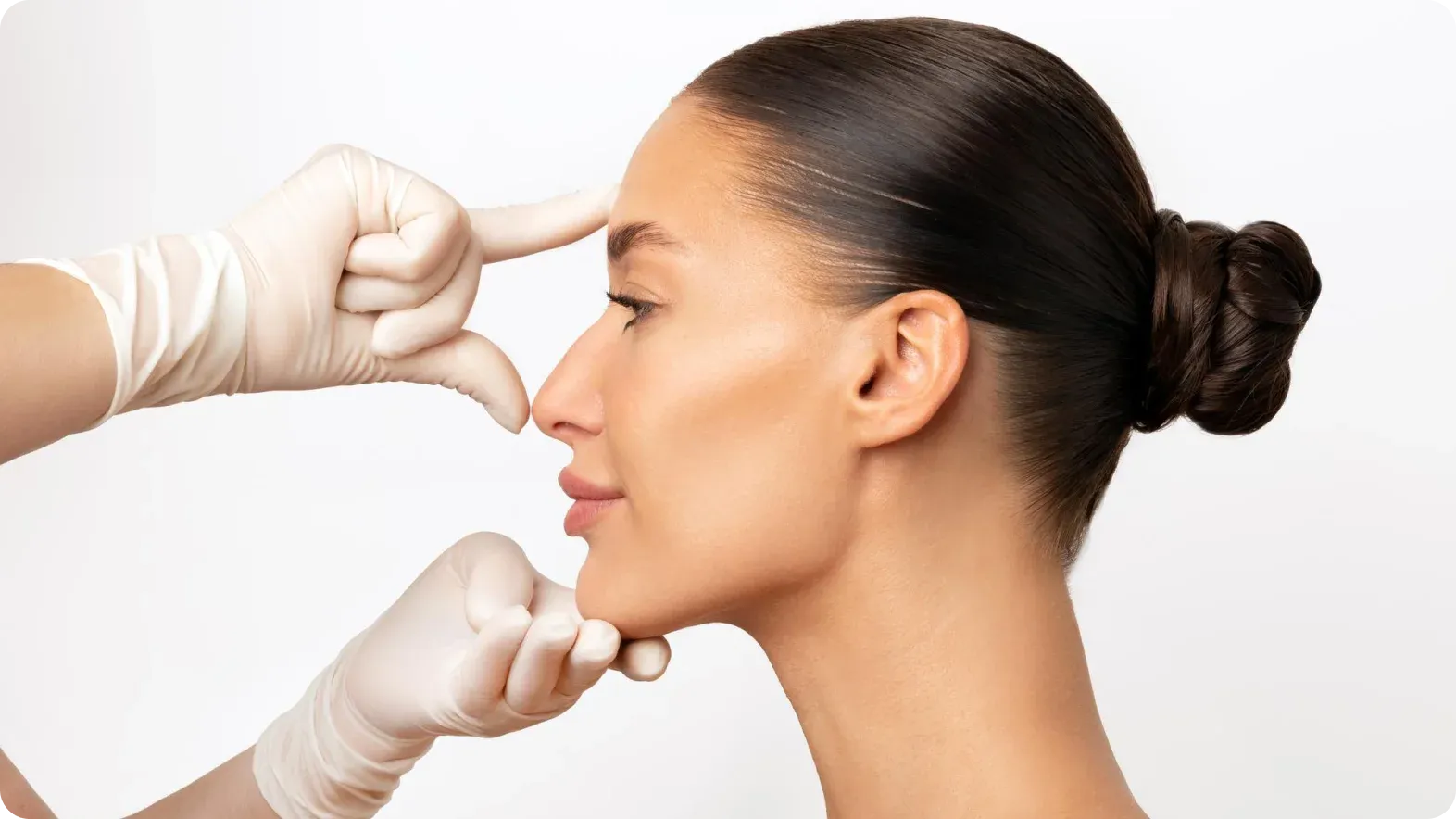
Skin Thickness: Assessment, Biomechanics, and Surgical Implications
Skin thickness is one of the strongest predictors of visible definition and how your swelling resolves over time. In other words, it matters—a lot.
Objective assessment methods:
Objective assessment methods:
- High‑frequency ultrasound (15–20 MHz) can measure thickness in millimeters at the supratip, tip, and dorsum.
- Pinch test and calipers: simple chair‑side tools to gauge envelope suppleness and thickness.
- Ethnic and sex variations: thicker, more sebaceous skin is common in some Middle Eastern, South Asian, and African phenotypes; males generally have thicker skin than females.
- Viscoelasticity dictates how skin redrapes over new contours; thicker, sebaceous skin is slower to settle.
- High sebaceous density increases edema duration and the chance of postoperative oiliness or enlarged pores.
- Fibrosis risk rises with repeated surgery, aggressive undermining, or suboptimal postoperative modulation.
- Thick skin:
- Advantages: masks minor dorsal or tip irregularities.
- Challenges: softens tip definition, raises the risk of supratip fullness, and prolongs swelling (often 12–18 months).
- Thin skin:
- Advantages: allows crisp definition with delicate maneuvers.
- Challenges: reveals even small surface irregularities—requiring meticulous camouflaging and gentle transitions.
- Defatting and thinning:
- Conservative defatting in the supratip and soft triangle under the SMAS can sharpen definition; over‑thinning risks vascular compromise and contour depressions.
- SMAS thinning or limited sub‑SMAS dissection may help in thick, fibrofatty envelopes.
- Camouflage grafting:
- Diced cartilage wrapped in fascia (DCF), perichondrium onlays, and soft‑cap grafts smooth edges in thin skin or refine bulbous tips in thick skin.
- Pharmacologic modulation:
- Intralesional triamcinolone (e.g., 2.5–10 mg/mL, 0.05–0.1 mL per point) at 4–6‑week intervals can reduce supratip edema or early fibrosis—used judiciously to avoid skin atrophy or telangiectasias.
- Postoperative taping and splinting:
- Micropore taping for several weeks can help limit supratip edema in thick‑skinned patients (protocols vary by surgeon).
Cartilage Architecture: Structural Support, Graft Strategies, and Functional Outcomes
Cartilage shapes the midvault and tip—and it’s central to breathing well. Looks and function aren’t either/or.
Functional anatomy:
- Internal nasal valve: the angle between the septum and ULC (normally ~10–15°). Narrow that, and airflow suffers.
- External nasal valve: the alar rim and soft tissue lateral to the nostril; collapse leads to inspiratory obstruction.
- M‑arch and tripod mechanics:
- The lower lateral cartilages form an “M‑arch” across the tip, with the medial and lateral crura acting like a tripod. Adjust the length/tension of each leg and you change rotation, projection, and symmetry.
- Tip support mechanisms:
- Major contributors include the integrity of the LLCs, their attachment to the caudal septum, and the medial crura/columella complex.
Cartilage quality and donor selection:
- Septal cartilage: first‑line donor—flat, stable, and typically sufficient for primary cases.
- Auricular (conchal) cartilage: curved and elastic; great for alar batten or rim grafts (volume is limited).
- Costal cartilage: abundant and strong for major reconstruction or revision; requires warp control (balanced carving, opposing grafts, K‑wire or suture techniques, or using diced cartilage).
Key maneuvers and grafts:
- Spreader grafts or flaps: restore/maintain the internal valve and midvault width after dorsal reduction; reduce inverted‑V deformity risk.
- Batten and lateral crural strut grafts: reinforce weak or cephalically malpositioned LLCs; prevent alar collapse.
- Septal extension grafts (SEGs): anchor tip position and rotation—ideal when you need durable tip control.
- Shield and cap grafts: refine tip definition or add projection; edges must be soft in thin skin to avoid showing.
- Suture techniques: transdomal, interdomal, lateral crural spanning, and septocolumellar sutures fine‑tune tip shape with minimal tissue removal.
Case‑directed planning:
- Bulbous tip refinement: lateral crural repositioning with conservative cephalic trim, suture shaping, and cap/shield grafting to define the tip; consider soft‑tissue thinning in thick skin.
- Pinched tip correction: lateral crural strut or batten grafts to widen and support the alar rim; adjust interdomal spacing to restore a natural contour.
- Valve collapse stabilization: spreader grafts for the internal valve; alar rim/batten grafts for the external valve—often combined with septoplasty.
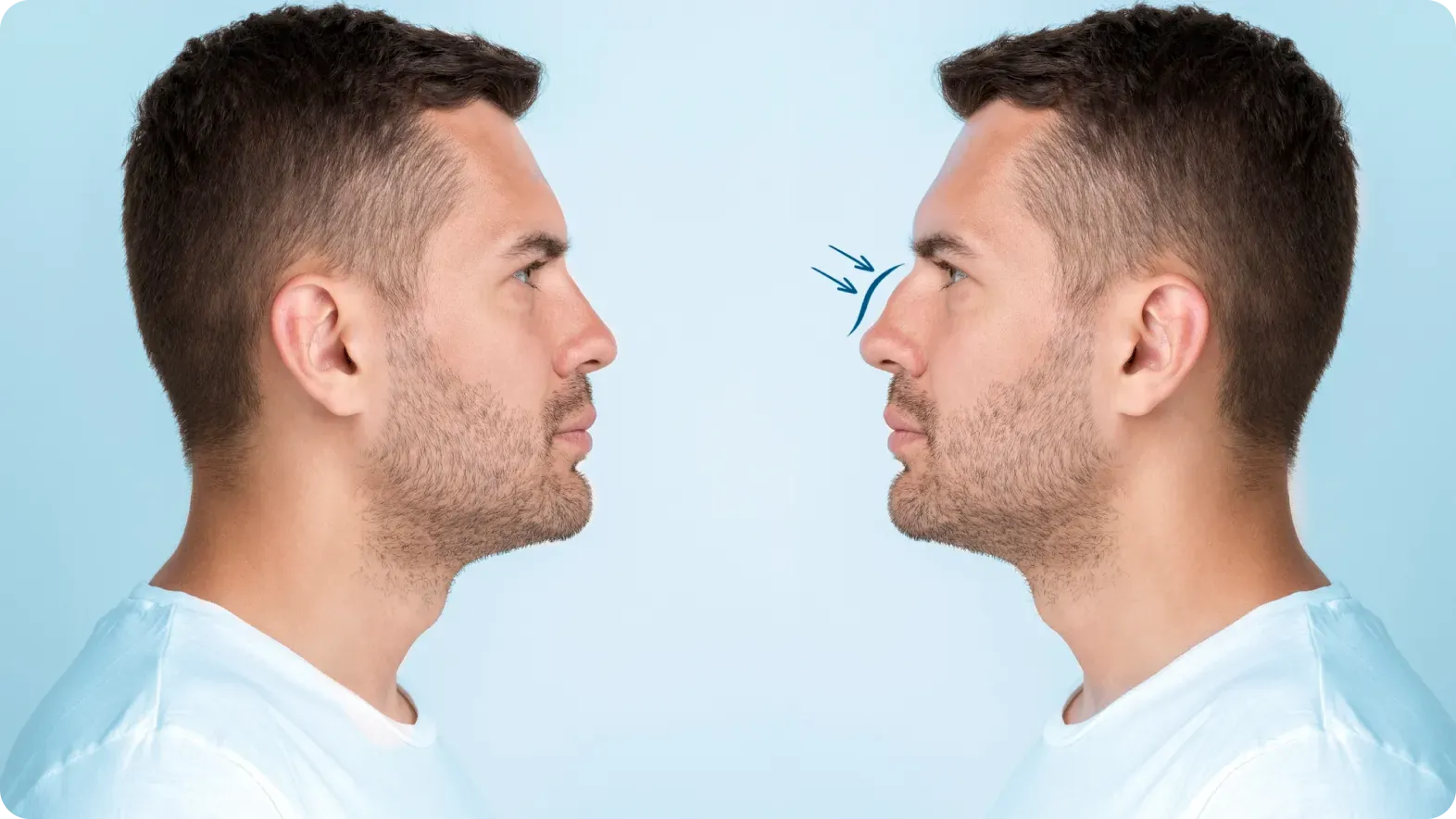
Osseous Pyramid: Keystone Stability, Osteotomies, and Dorsal Aesthetics
The bony upper third sets the stage for dorsal lines and overall nasal width. Get this wrong, and everything downstream fights you.
Keystone area and bony vault:
- The keystone is where the nasal bones, dorsal septum, and ULC overlap. Keeping—or reconstructing—this continuity is critical for dorsal stability and smooth contours.
- Go too high or hinge improperly with osteotomies and you risk a rocker deformity, where the superior nasal bone displaces laterally upon infracture.
Osteotomy strategy selection:
- Low‑to‑low: narrows the bony vault and closes an open roof after hump reduction; helpful for broader nasal bases.
- Low‑to‑high or intermediate: allows targeted narrowing or asymmetry correction; tailored to fracture lines and bone thickness.
- Greenstick versus complete: partial fractures preserve periosteal attachments (less instability); complete osteotomies are sometimes needed for major mobilization.
- Internal versus percutaneous: percutaneous micro‑osteotomies can be precise with less mucosal trauma; the choice depends on surgeon preference and anatomy.
Dorsal management:
- Hump reduction: remove bone/cartilage, then reconstruct the midvault with spreader grafts to avoid an inverted‑V deformity.
- Preservation rhinoplasty (push‑down/let‑down): maintains the dorsal roof and lowers the dorsum en bloc—often producing natural dorsal lines and preserving the valve when anatomy cooperates.
- Radix setting: balanced rasping or onlay grafts (e.g., fascia‑wrapped diced cartilage) harmonize the nasofrontal transition.
- Midvault integrity: spreader grafts or auto‑spreader flaps safeguard function and aesthetics after dorsal work.
Addressing asymmetry and trauma:
- Crooked nose algorithms pair controlled osteotomies (often double‑level) with septal straightening, asymmetric spreader grafts, and dorsal onlays to realign the dorsum.
- Traumatic deviations may require combined bony–cartilaginous reconstruction and, when needed, costal cartilage for robust septal replacement.
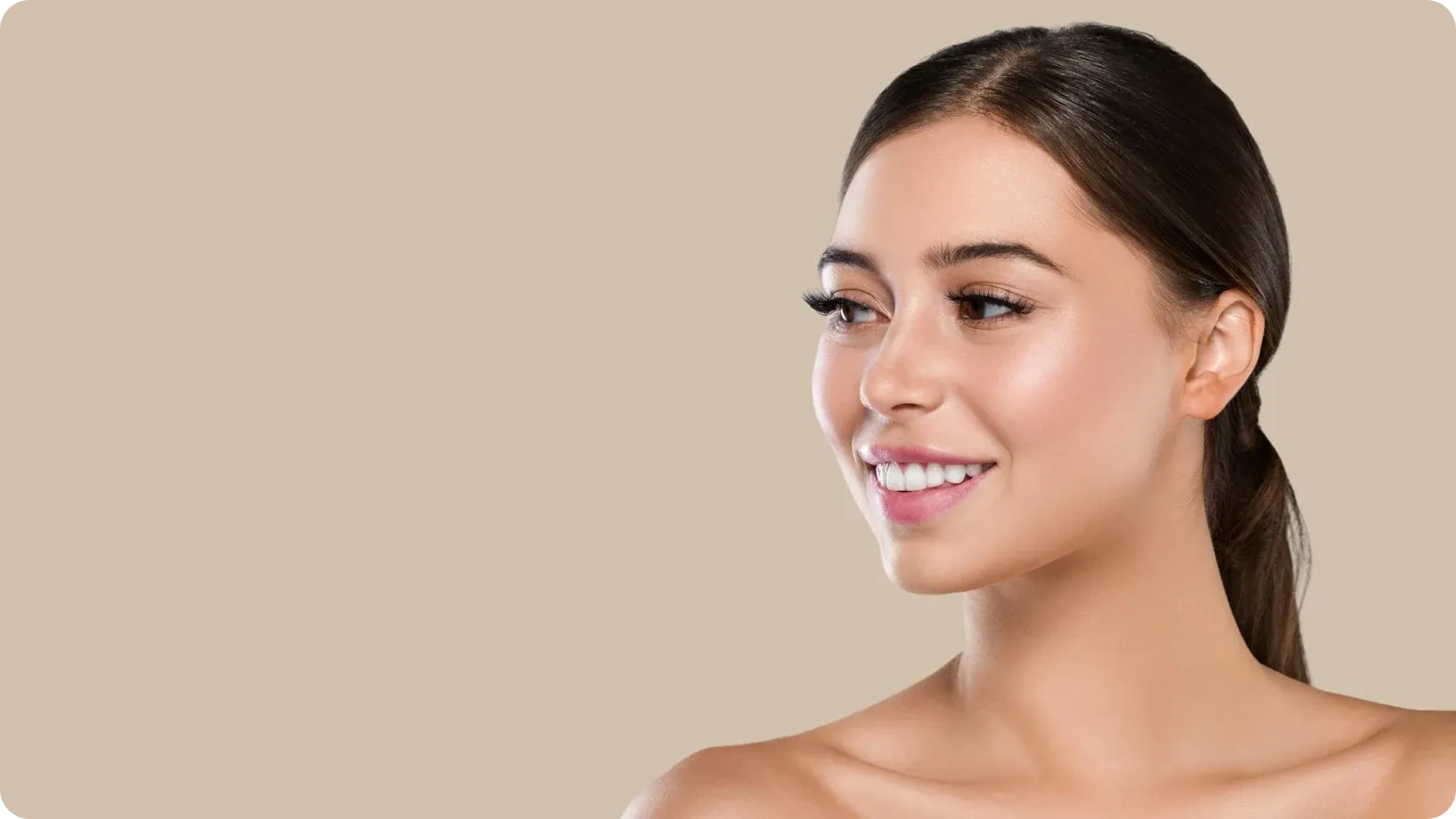
Integrating Anatomy Into Predictable Outcomes: Planning, Execution, and Aftercare
Results improve when anatomy leads the plan—from consult to recovery. Sounds obvious, but it’s where the wins happen.
Preoperative analysis:
- 2D/3D simulation: great for setting expectations, but it must reflect what your skin and support structures can realistically achieve.
- Skin envelope forecasting: ultrasound or careful clinical assessment guides whether to add camouflage, defat, or avoid sharp edges.
- Airway evaluation: NOSE score, Cottle/modified Cottle maneuvers, endoscopy, and—when indicated—objective testing (rhinomanometry, CT for complex cases).
- Patient counseling: set timelines (tip swelling often 6–12 months—longer with thick skin), review risks (irregularities in thin skin, relapse with weak cartilage), and explain likely graft needs.
Phenotype‑based algorithms:
- Thick‑skin, bulbous tip:
Conservative cephalic trim; lateral crural repositioning/struts; SEG for projection/rotation; DCF cap for smoothness; postoperative taping; staged steroid protocol if indicated. - Thin‑skin, dorsal irregularity risk:
Favor preservation when possible; round edges meticulously; use perichondrial or fascia onlays; avoid palpable graft edges; soft, atraumatic rasping. - Weak cartilage support (revision or congenitally soft LLCs):
A structural approach with SEG, lateral crural struts, and batten grafts; consider costal cartilage when septal supply is exhausted.
Intraoperative decision‑making:
- Preservation versus structural:
Preservation suits straight dorsums with favorable septal alignment; structural wins when there’s deformity, weakness, or revision. - Suture techniques and minimal excision:
Suture reorientation can achieve shape without sacrificing strength; any excision is conservative and targeted. - Fixation principles:
Stable graft fixation (PDS sutures, precise pockets, occasionally K‑wires in rib grafts) prevents migration and warping.
Postoperative modulation:
- Taping and splinting: help maintain contour and reduce edema, especially at the supratip.
- Intralesional steroids: for early supratip fullness or fibrotic plaques—dosage is cautious to avoid skin thinning.
- Energy‑based therapies and adjuncts:
- Low‑level light therapy and gentle lymphatic massage may reduce edema; pulsed dye laser or IPL can address persistent redness months later.
- Delay needling or radiofrequency‑based treatments until tissues are stable (often beyond 3–6 months) and only with surgeon approval.
- Edema timelines:
- Most swelling settles by 3–4 months; tip refinement continues up to 12–18 months—longer for thick skin and revision cases.
Conclusion
Every rhinoplasty is a conversation between the skin envelope, the cartilage scaffold, and the bony vault. Thick skin may need soft‑tissue modulation and camouflage to reveal definition; thin skin demands flawless transitions. Cartilage—its strength, shape, and availability—drives both tip aesthetics and airway function, while the bony pyramid sets dorsal width and symmetry. When preoperative analysis is honest, intraoperative technique is anatomically coherent, and postoperative care is tailored to the tissue phenotype, results become more predictable—and more durable.
Thinking about rhinoplasty? Ask your surgeon how your skin thickness, cartilage quality, and bone structure shape the plan. The best operations aren’t one‑size‑fits‑all—they’re engineered around your anatomy to deliver a nose that looks natural, functions well, and stands the test of time.
Thinking about rhinoplasty? Ask your surgeon how your skin thickness, cartilage quality, and bone structure shape the plan. The best operations aren’t one‑size‑fits‑all—they’re engineered around your anatomy to deliver a nose that looks natural, functions well, and stands the test of time.
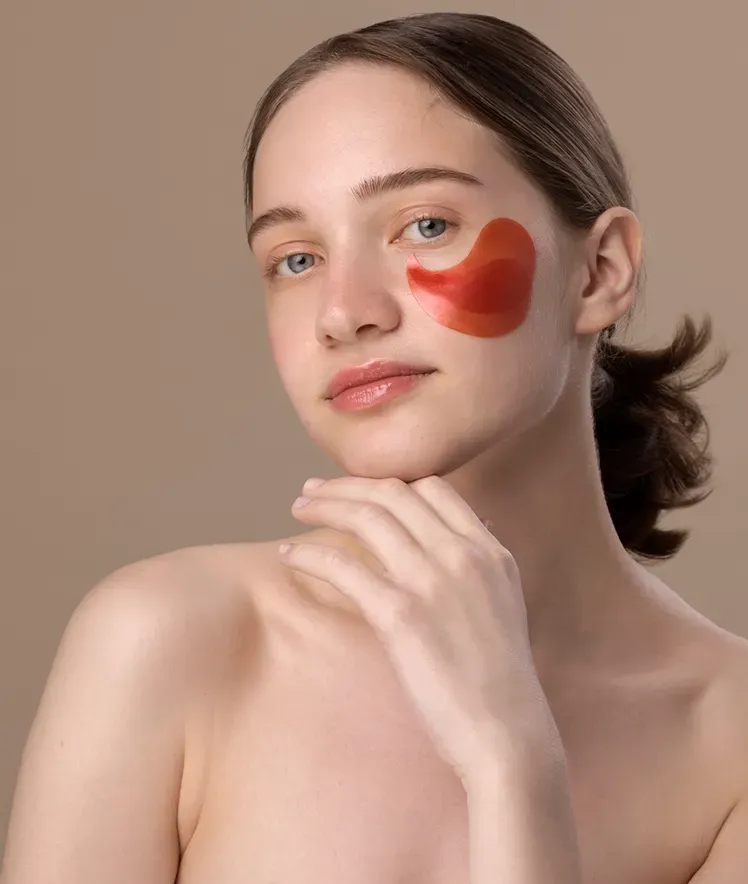
Schedule Your Appointment with Dr. Mourad
If you are considering facial plastic surgery and want results that enhance your natural beauty without looking overdone, schedule a consultation with Dr. Moustafa Mourad today. You will receive personal, expert guidance at every step—from your first visit to your final result.
From Our Blog
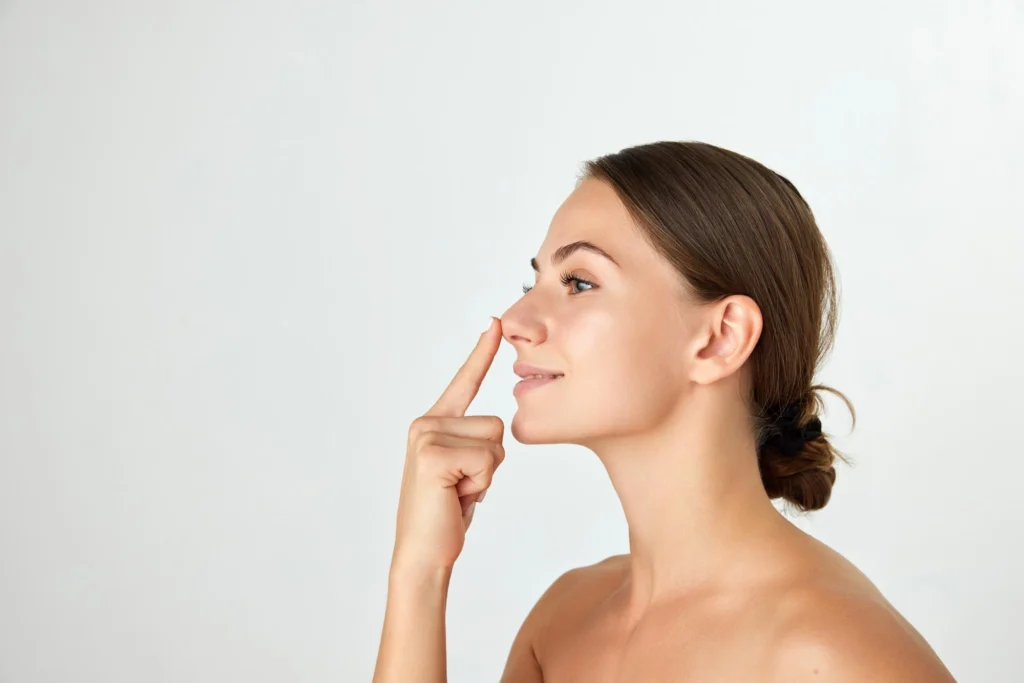
November 7, 2025 | Dr. Moustafa Mourad | Uncategorized
How Long Until the Final Result? The Truth About Swelling, Shape Changes, and Patience After Rhinoplasty — Managing Expectations
Rhinoplasty is both a structural procedure and a healing journey. Everyone wants to know: when will I see “the final nose”? Fair question—just not a simple one. Bones, cartilage, skin, and mucosa recover on different timelines; swelling fades in waves; and the tip keeps evolving long after the splint comes off. The good news? When expectations match biology and timing, uncertainty turns into confidence. Here’s what happens, why it happens, and how to navigate the process with realistic checkpoints and smart strategies.
READ THE ARTICLE
November 7, 2025 | Dr. Moustafa Mourad | Uncategorized
Revision Rhinoplasty: Why Some Patients Need a Second Nose Job and What to Ask — Less Common but High Value
Elective rhinoplasty is one of the most technically demanding operations in facial plastic surgery. Even when everything goes “right,” tiny asymmetries, how scars mature, or lingering breathing issues can blunt an otherwise good first result. Most people are happy after their primary surgery. But a meaningful minority—often quoted in the literature as about 5–15%—consider a revision.
READ THE ARTICLE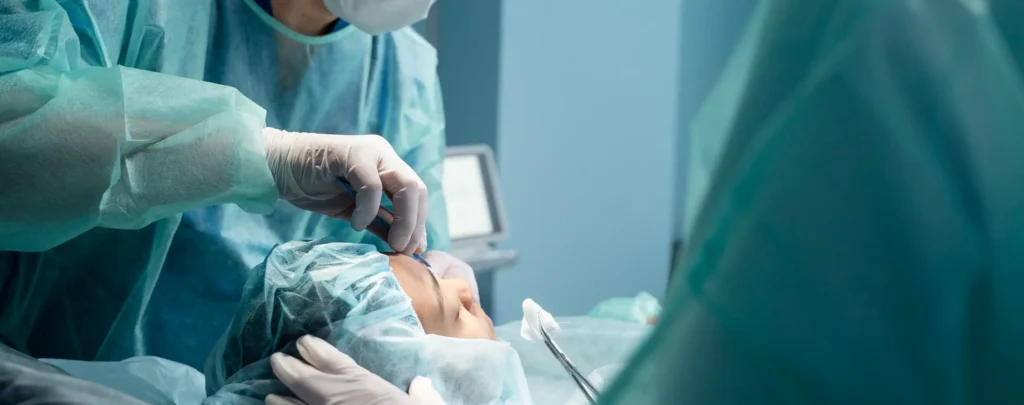
November 7, 2025 | Dr. Moustafa Mourad | Uncategorized
What Age Is Appropriate for Rhinoplasty? Teen Patients and Adults — Evidence-Based, Age-Related Considerations
Rhinoplasty is one of the most personalized procedures in facial plastic surgery. Age matters—a lot. Not just the number on a birth certificate, but where someone is in facial growth, psychological readiness, and overall health. This guide pulls together the current thinking on how age affects candidacy and planning, comparing teen and adult patients and laying out practical safeguards that keep results safe, predictable, and natural.
READ THE ARTICLE
November 5, 2025 | Dr. Moustafa Mourad | Uncategorized
What to Expect on the Day of Surgery: From Anesthesia to Packing to Going Home — The Day-Of Process
Surgery—big or small—follows a carefully choreographed plan built around safety, comfort, and clear communication. Knowing what happens from check-in to going home can ease nerves and help you prepare in a way that really matters. Below is a practical, step-by-step look at the day itself. Policies vary by hospital and procedure, but this framework reflects widely used standards and best practices.
READ THE ARTICLE